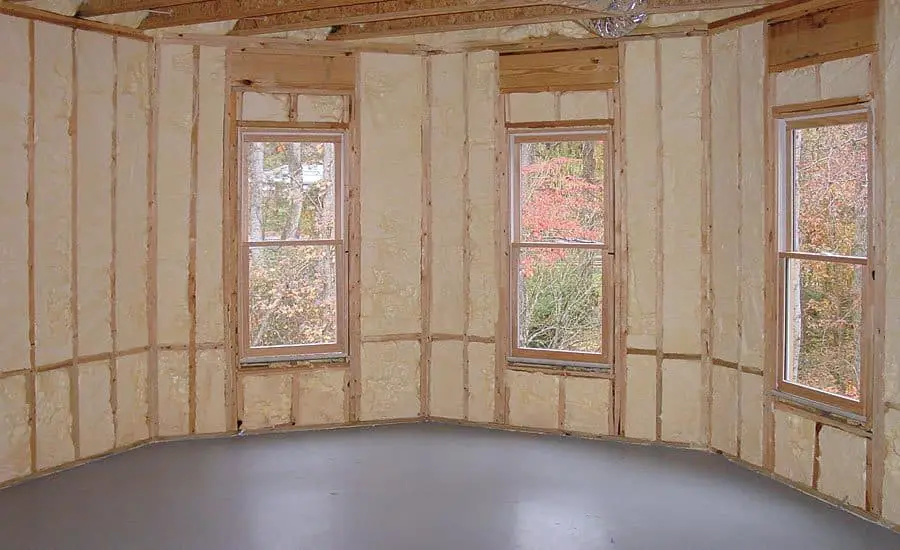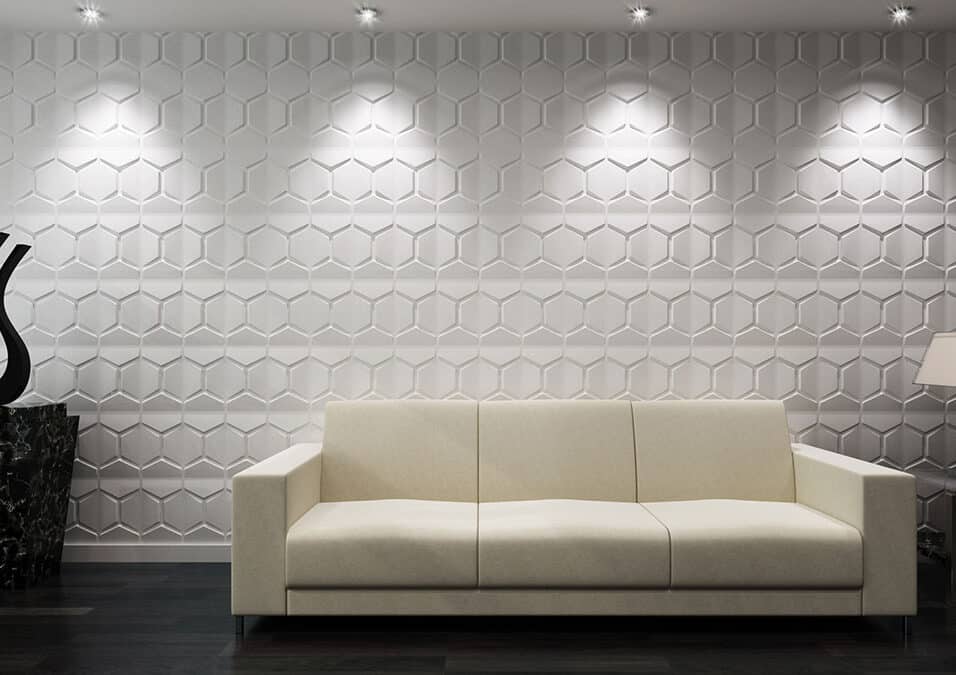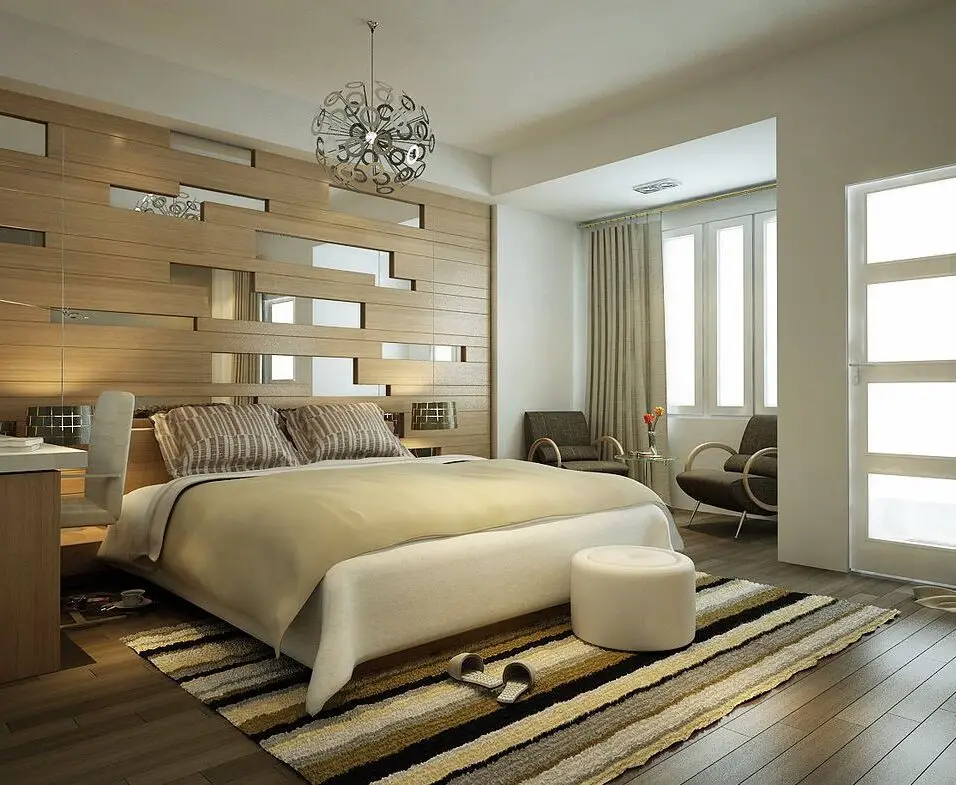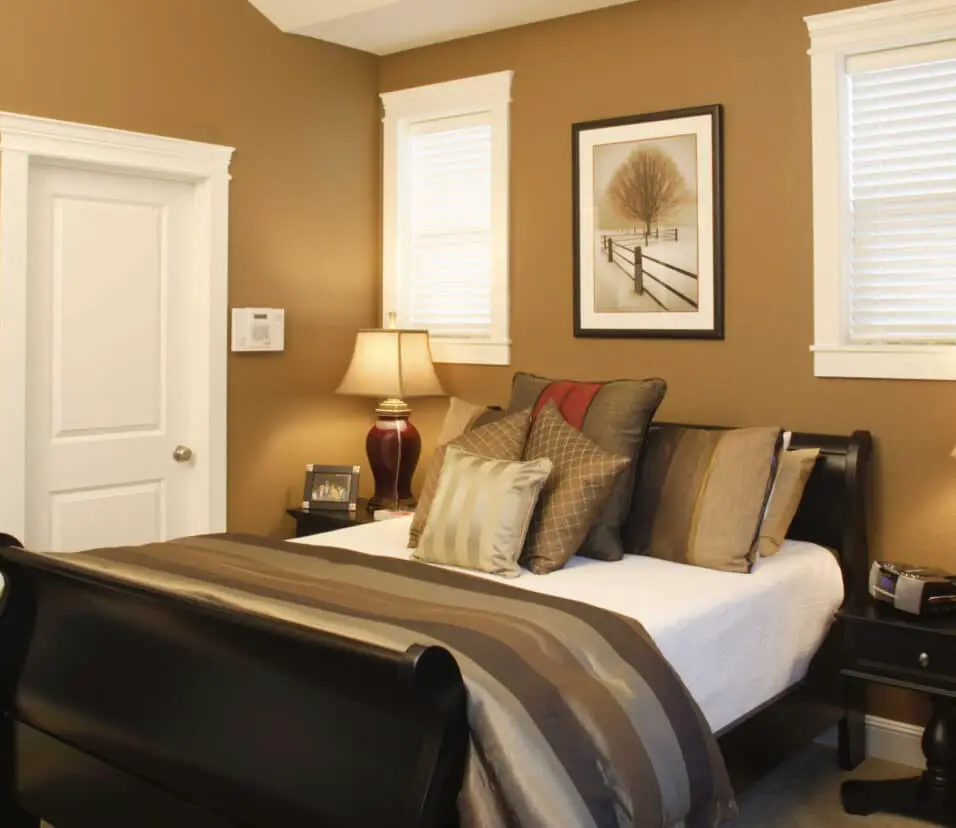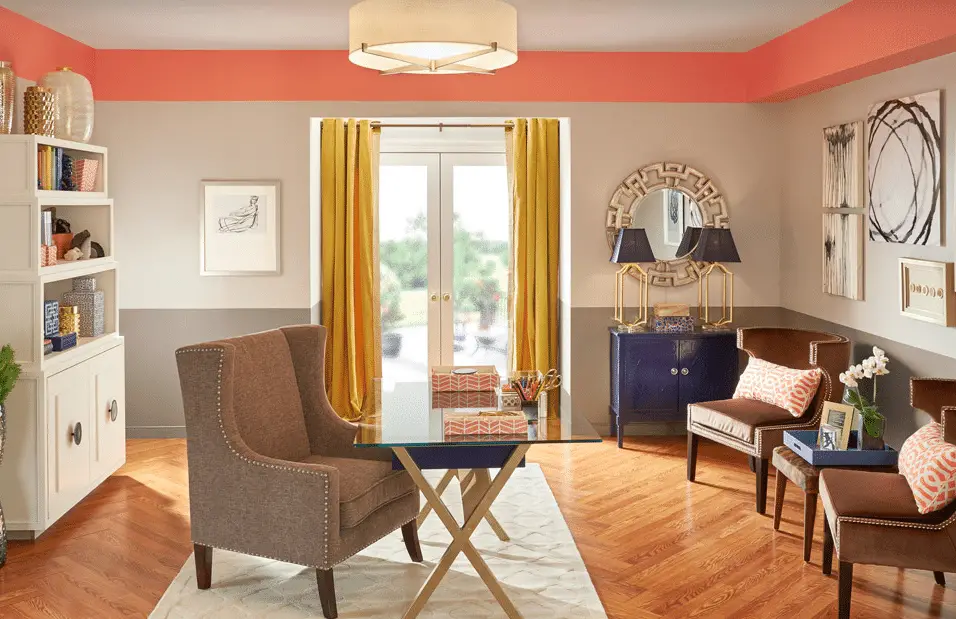How To Insulate Interior Walls In An Existing House
Introduction
How To Insulate Interior Walls In An Existing House: As the quest for energy efficiency and comfort gains prominence, insulating interior walls in existing houses has become a crucial step in enhancing the overall quality of living spaces. This process not only contributes to thermal comfort but also addresses issues such as sound insulation and moisture control, making it a multifaceted solution for homeowners seeking to elevate their living experience.
In this comprehensive guide, we delve into the intricacies of insulate interior walls within an existing house. From identifying the right insulation materials to understanding the benefits and challenges associated with this endeavor, we equip homeowners with the insights needed to embark on this transformative journey. We explore both the retrofitting of insulation within finished spaces and the consideration of insulation during renovation or remodeling projects. As we navigate through the nuances of installation techniques and considerations, we offer practical advice for ensuring a successful and effective insulation project.
Whether you’re seeking to improve energy efficiency, create a quieter environment, or address issues related to condensation and moisture, insulating interior walls holds the potential to enhance various aspects of your home.
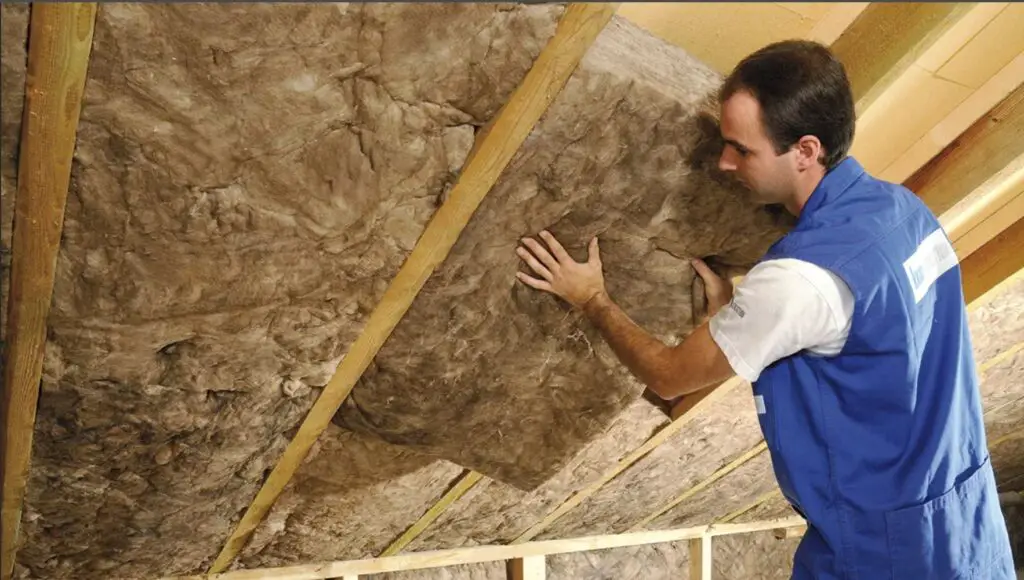
Can you insulate existing interior walls?
The three main materials used to insulate existing walls are cellulose, open cell spray foam and close cell spray foam.
Yes, it is possible to insulate existing interior walls, although the process can be more complex than insulating new construction. Insulating existing interior walls can provide benefits such as improved thermal comfort, sound insulation, and moisture control. Here’s an overview of the process:
Assessment:
Before beginning, assess the condition of the walls and the type of insulation currently present (if any). Consider factors like the wall material, electrical wiring, and plumbing.
Choose Insulation Type:
Select an appropriate insulation material for your specific needs. Common options include blown-in cellulose, fiberglass batts, and spray foam.
Install Insulation:
Install the chosen insulation material into the wall cavity through the access points. Ensure that the insulation fills the cavity evenly and completely.
Seal Gaps:
Seal gaps around outlets, switches, and any openings to prevent air leakage and maximize insulation effectiveness.
Replace Drywall:
Once the insulation is in place, replace the sections of drywall that were removed. You may need to tape, mud, and repaint the drywall to finish the process.
Soundproofing:
If sound insulation is a goal, consider using insulation materials with sound-dampening properties or adding additional soundproofing materials.
Moisture Considerations:
Ensure that the insulation material you choose is appropriate for moisture control, especially if the walls have a history of condensation issues.
It’s important to note that insulating existing interior walls can be more labor-intensive compared to new construction. It may also require professional expertise, especially when dealing with electrical wiring and plumbing within the walls. Additionally, the choice of insulation material should align with your specific needs and goals.
Before starting an insulation project, it’s advisable to consult with professionals or experts to ensure proper installation and to address any potential challenges.
Can I insulate walls after they are already installed?
How Blown In Insulation Is Installed Behind Drywall. This process is often called retrofitting and involves cutting access holes, blowing in insulation, and then patching. Some homeowners with the time and tools are able to do this, but professional retrofitting is faster and generally more effective.
Yes, it is possible to insulate walls after they are already installed, although the process can be more challenging compared to insulating during new construction or renovation. Retrofitting insulation into existing walls requires careful planning, appropriate insulation materials, and sometimes the assistance of professionals. Here’s an overview of the process:
Assessment:
Assess the type of wall construction, the existing insulation (if any), and the feasibility of adding insulation without causing significant damage.
Select Insulation Method:
There are a few methods for retrofitting insulation into existing walls:
Install Insulation:
Insert the chosen insulation material into the wall cavities through the access holes. Ensure even distribution and complete filling of the cavities.
Seal Access Holes:
Seal the access holes with matching materials to maintain the wall’s appearance.
Internal Insulation:
For internal insulation, attach insulation panels to the interior wall surface, followed by new finishes like drywall.
Soundproofing and Moisture Considerations:
If applicable, consider insulation materials with soundproofing or moisture-resistant properties based on your needs.
Professional Assistance:
Retrofitting insulation into existing walls can be complex, especially in older homes. It’s advisable to consult professionals to ensure proper installation and minimize potential issues.
Keep in mind that retrofitting insulation into existing walls may disrupt finishes and require additional repairs or modifications. It’s essential to weigh the benefits of improved energy efficiency, comfort, and other insulation-related advantages against the potential challenges and costs of the retrofitting process. Consulting with experts can help you make informed decisions based on your specific situation and goals.
How do you insulate existing walls in an old house?
- How to Insulate Walls in an Old House
- Apply a house wrap/vapor barrier to exterior walls.
- Attach 1-inch foam board insulation.
- Install siding over the insulation.
- Replace old windows with energy-efficient units.
- Caulk window trim and use weatherstripping to reduce air leaks.
nsulating existing walls in an old house requires careful planning and consideration due to the potential challenges posed by the building’s age and construction. Here’s a step-by-step guide to insulate existing walls in an old house:
Assessment:
Begin by assessing the type of wall construction, the condition of the walls, and any existing insulation. Consider factors like the material used (brick, wood, plaster), wall thickness, and potential obstructions (wiring, plumbing).
Choose Insulation Type:
Select an insulation material that suits your needs and the wall’s construction. Common options include blown-in cellulose, fiberglass batts, or rigid foam panels.
Prepare the Area:
Clear the area around the walls and remove furniture, fixtures, and decorations.
Access Points:
For blown-in or injection methods, drill small holes into the wall to access the cavity.
Insulate the Walls:
Install the chosen insulation material into the wall cavities through the access points.
Seal Access Points:
Seal the access points with matching materials to maintain the wall’s appearance.
Internal Insulation:
For internal insulation, attach insulation panels to the interior wall surface, followed by new finishes like drywall.
Consider Soundproofing and Moisture:
Choose insulation materials with soundproofing or moisture-resistant properties if needed.
Repairs and Finishing:
Repair any damage caused during the insulation process, such as patching holes or replacing baseboards. Finish with appropriate paint or finishes.
Professional Help:
Retrofitting insulation in old houses can be complex. Consider consulting professionals or experts, especially for historic properties.
Comply with Building Codes:
Ensure that your insulation project complies with local building codes and regulations.
Insulating existing walls in an old house requires careful planning and sometimes professional expertise. While insulation can bring energy efficiency and comfort benefits, it’s essential to balance these advantages with the potential challenges and impacts on the historic character of the house. Consulting with professionals will help you navigate the process successfully.
Is it worth insulating interior walls?
Insulation regulates temperatures, reduces noise, and reduces fire risk. Your home will be more comfortable and safer when the interior walls are insulated. While doing so may cost time and money, it’s often a worthwhile investment that has the potential to increase the longevity of your home greatly.
Insulating interior walls can offer several benefits, but whether it’s worth it depends on your specific circumstances, goals, and priorities.
Here are some factors to consider when deciding if insulating interior walls is worth it for you:
Energy Efficiency: Insulating interior walls can help improve energy efficiency by reducing heat transfer between rooms, which can lead to lower heating and cooling costs.
Thermal Comfort: Insulated interior walls can help maintain more consistent temperatures within rooms, leading to increased comfort, especially in extreme weather conditions.
Sound Insulation: Insulating interior walls can provide soundproofing benefits, reducing noise transmission between rooms and creating a quieter living environment.
Moisture Control: Insulation can help regulate moisture levels and reduce the risk of condensation, which can prevent mold growth and other moisture-related issues.
Home Value: Insulating interior walls may enhance the resale value of your home, as energy-efficient features and improved comfort can be attractive to potential buyers.
Cost vs. Savings: The cost of insulating interior walls, including materials and labor, should be weighed against potential savings on energy bills and long-term comfort improvements.
Specific Needs: Consider your specific needs and priorities. Are you primarily concerned about energy bills, comfort, noise reduction, or moisture control?
Ultimately, the decision to insulate interior walls should be based on a careful evaluation of these factors. If your main goals align with the benefits of interior wall insulation and the potential challenges are manageable, then it may be worth the investment. However, it’s advisable to consult professionals or experts to help you make an informed decision based on your unique situation and needs.
What is the best insulation for inside walls?
If you’re adding insulation to existing interior walls, the best option is loose-fill insulation.
The best insulation for inside walls depends on your specific goals, budget, and the construction of your home. Different insulation materials offer varying levels of thermal performance, soundproofing capabilities, moisture resistance, and ease of installation. Here are some commonly used insulation materials for inside walls:
Fiberglass Batts:
Fiberglass batts are widely used for interior wall insulation. They are cost-effective, relatively easy to install, and offer good thermal insulation. However, they may not provide the best soundproofing performance.
Cellulose Insulation:
Blown-in cellulose insulation is made from recycled paper and can be blown into wall cavities. It has good thermal performance and can fill gaps effectively. It’s also considered a more eco-friendly option.
Spray Foam Insulation:
Spray foam insulation creates an airtight seal, providing excellent thermal insulation and reducing air leakage. It’s also effective for soundproofing and offers moisture resistance. However, professional installation is recommended due to its application method.
Mineral Wool Insulation:
Mineral wool, also known as rock wool or mineral fiber, offers good thermal insulation and soundproofing properties. It’s fire-resistant and doesn’t promote mold growth.
Rigid Foam Panels:
Rigid foam panels, such as expanded polystyrene (EPS) or extruded polystyrene (XPS), provide high R-values and good thermal performance. They can also act as a vapor barrier and offer soundproofing benefits.
Reflective Foil Insulation:
Reflective foil insulation consists of a layer of foil that reflects radiant heat. It’s particularly effective in hot climates and can be used in combination with other insulation materials.
Natural Fiber Insulation:
Materials like cotton, wool, or denim insulation offer natural alternatives. They have good thermal and soundproofing properties, are eco-friendly, and have low VOC emissions.
The best insulation material for inside walls depends on factors such as your climate, desired R-value, soundproofing needs, moisture concerns, budget, and installation preferences. Keep in mind that proper installation is key to achieving the desired performance, so whether you choose to install the insulation yourself or hire professionals, follow best practices for optimal results.
What type of insulation is best for older homes?
foam insulation
Older homes tend to have a lot of cracks and gaps throughout the structure from decades of shifting and settling. Moisture can find its way through these gaps and into your home. This is why foam insulation is really the best option to seal up the home from the outside.
Choosing the best insulation for older homes requires careful consideration of the home’s construction, preservation of historic features, and energy efficiency goals.
Blown-In Cellulose Insulation:
Blown-in cellulose insulation is a popular choice for older homes. It’s made from recycled paper and can be blown into wall cavities without extensive disruption. It’s effective for filling gaps and voids in irregularly shaped spaces.
Mineral Wool Insulation:
Mineral wool (rock wool or mineral fiber) is a versatile insulation option. It offers good thermal performance, soundproofing benefits, and fire resistance. It’s also suitable for homes with historic features.
Spray Foam Insulation (Closed-Cell):
Closed-cell spray foam provides excellent insulation, air sealing, and moisture resistance. It can be used in small amounts to target specific areas without significant alteration to historic features.
Rigid Foam Panels:
Rigid foam panels can be used for insulating specific areas without disturbing historic elements.
Natural Fiber Insulation:
Natural fiber insulation like cotton, wool, or denim can be a suitable option for older homes. These materials are environmentally friendly and can be used in walls, floors, or attics.
Internal Insulation Panels:
They’re suitable for homes where exterior insulation is not feasible.
Hybrid Solutions:
Often, a combination of insulation materials and methods may work best for older homes. For example, a combination of blown-in cellulose and rigid foam panels could provide effective insulation while preserving architectural features.
When choosing insulation for older homes, it’s important to strike a balance between energy efficiency and preserving the home’s character. Consultation with insulation professionals, historic preservation experts, and architects can help you make informed decisions. Additionally, ensure that any insulation work aligns with local building codes and regulations to maintain safety and compliance.
Can walls be insulated without removing drywall?
Now, if you’re in the middle of a remodel and still want foam insulation, you do have another option — spray foam insulation.
Here are a few methods for insulating walls without removing the drywall:
Blown-In Insulation:
Blown-in insulation, such as blown-in cellulose or blown-in fiberglass, can be installed through small holes drilled into the walls.
Injection Foam Insulation:
Injection foam insulation involves drilling small holes into the wall and injecting foam insulation into the wall cavity.
Internal Insulation Panels:
This method can improve insulation while preserving the existing drywall.
Reflective Foil Insulation:
Reflective foil insulation can be installed between the studs, reflecting heat away from the wall.
Spray Foam Insulation (Limited Access):
In cases where there is limited access to wall cavities, small amounts of spray foam insulation can be injected through small holes. This method can provide improved insulation and air sealing.
Localized Insulation:
If you’re primarily concerned about specific areas of the wall, such as around windows or outlets, you can use spray foam or foam sealants to fill gaps without removing the entire drywall.
While these methods can allow insulation without removing the drywall, it’s important to note that each method has its limitations and considerations. The effectiveness of the insulation depends on factors like the existing insulation, wall construction, and the insulation material used.
Is it better to insulate walls or ceiling?
If you were on a very skinny budget and had to make a choice, you would insulate your ceiling first. Installing ceiling insulation can save around 35% on heating and cooling energy. Compare this to insulating your walls. Insulating your walls saves around 15% on heating and cooling energy.
Whether it’s better to insulate walls or ceilings depends on your specific goals, climate, and the characteristics of your home. Both wall and ceiling insulation offer distinct benefits, and the choice often comes down to addressing your priorities and achieving overall energy efficiency and comfort. Here’s a comparison to help you decide:
Insulating Walls:
Benefits:
Thermal Comfort: Insulating walls helps maintain consistent indoor temperatures and reduces heat transfer, leading to improved comfort.
Soundproofing: Wall insulation can provide soundproofing benefits, reducing noise transmission between rooms.
Moisture Control: Insulated walls can help prevent condensation and moisture buildup, reducing the risk of mold growth.
Energy Efficiency: Insulating walls can reduce heat loss or gain through the building envelope, improving energy efficiency.
Considerations:
Cost and Complexity: Insulating walls can be more labor-intensive, especially in existing homes where wall cavities might need to be accessed.
Impact on Interior Space: Insulating walls may impact room dimensions or aesthetics, depending on the method used.
Insulating Ceilings:
Benefits:
Heat Rise: Hot air naturally rises, making ceiling insulation effective at preventing heat from escaping through the roof.
Energy Efficiency: Ceiling insulation can significantly reduce heat loss and lower energy consumption for heating.
Simplicity: Ceiling insulation is often more straightforward to install, especially in attic spaces.
Preserve Indoor Space: Ceiling insulation typically doesn’t affect interior room dimensions.
Considerations:
Heat Distribution: If your climate is primarily hot, ceiling insulation might trap heat indoors, requiring additional cooling efforts.
Ultimately, the choice between insulating walls or ceilings depends on your specific needs. In cold climates, wall insulation can be important to retain indoor heat, while in hot climates, ceiling insulation can help keep indoor spaces cooler. In many cases, a comprehensive approach that includes both wall and ceiling insulation is ideal for achieving optimal energy efficiency and comfort.
Before making a decision, consider consulting with insulation professionals or energy auditors who can assess your home’s unique characteristics and recommend the most effective insulation strategies based on your goals and local climate conditions.
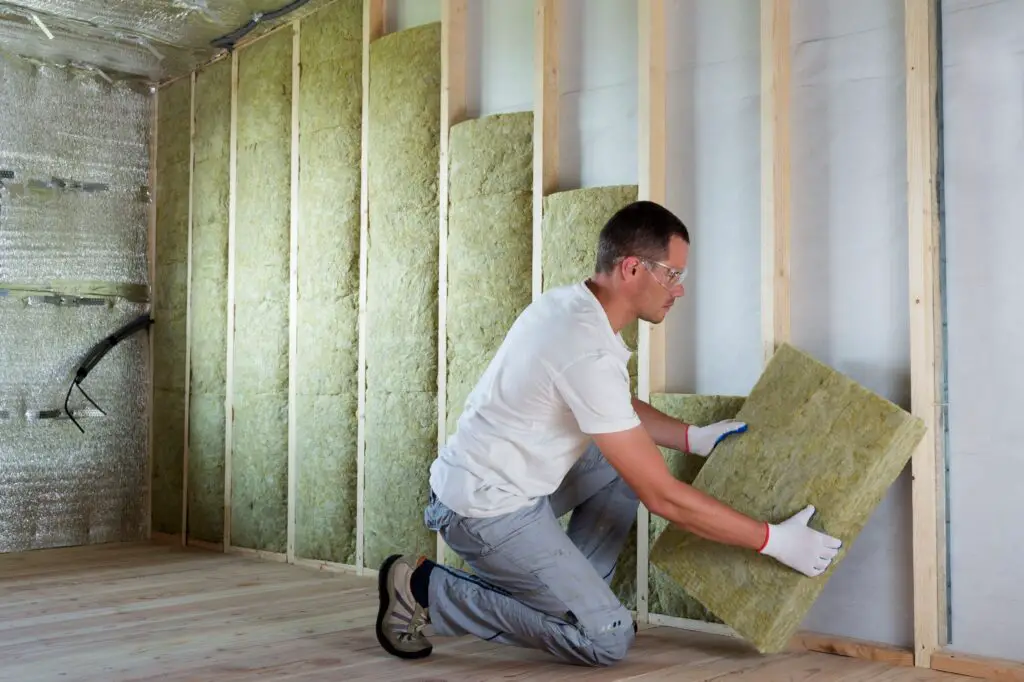
Conclusion
In the realm of home improvement, the endeavor to insulate interior walls in existing houses emerges as a transformative step towards enhanced comfort, energy efficiency, and overall living quality. As we conclude this journey through the intricacies of interior wall insulation, one theme stands resolute: the power of insulation to shape the way we experience our homes.
By delving into insulation materials, techniques, and considerations, we’ve unraveled a realm of possibilities that extend beyond thermal benefits. The integration of soundproofing, moisture control, and condensation prevention into the insulation endeavor underscores its multi-dimensional impact on our daily lives.
With each wall insulated, a home’s environment becomes more controlled, resilient, and attuned to our needs. The spaces we inhabit gain the ability to shelter us from external elements while embracing us in warmth, quietude, and energy efficiency. The knowledge gained from this guide empowers homeowners to make informed choices, harnessing the potential of insulation to reshape their living experiences.
As we bid adieu to this exploration, remember that the process of insulating interior walls is not solely a technical endeavor; it’s an investment in comfort and well-being. It’s an invitation to create a sanctuary that harmonizes with the demands of modern living. So, armed with insights, step forward with the confidence to transform your existing house into a haven where insulation’s touch brings a symphony of benefits to your living canvas. In the realm of home improvement, the endeavor to insulate interior walls in existing houses emerges as a transformative step towards enhanced comfort, energy efficiency, and overall living quality.



